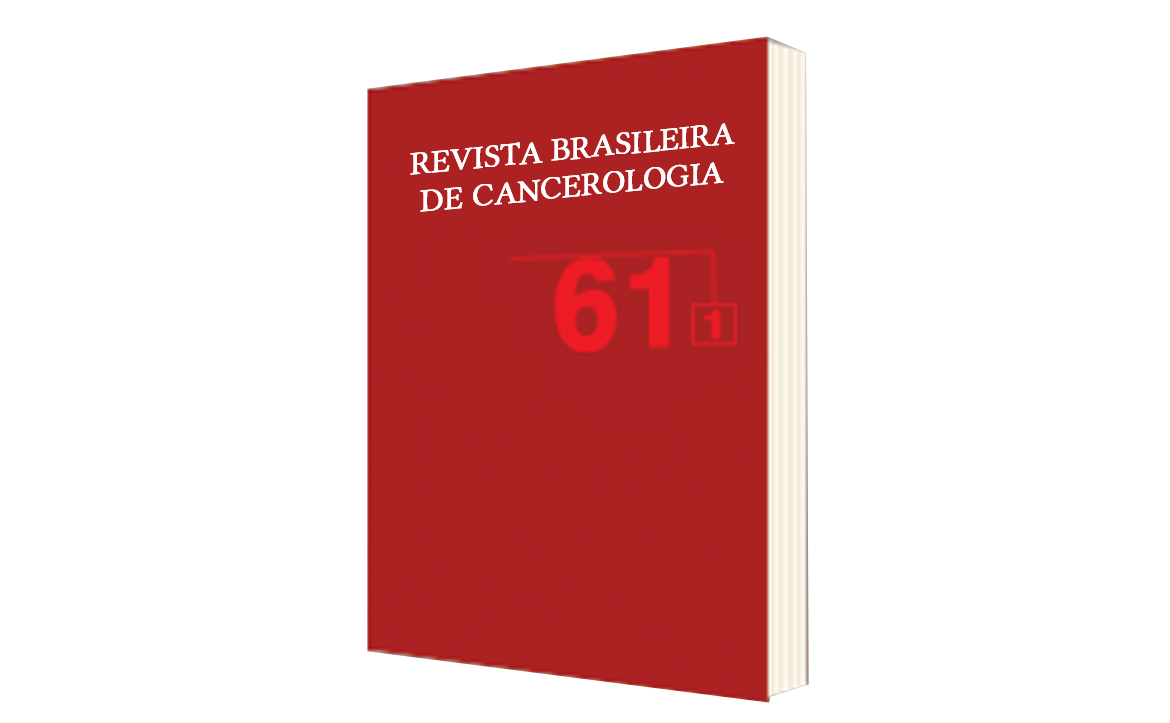Adenocarcinoma of Small Intestine in Adolescents: Case Report
DOI:
https://doi.org/10.32635/2176-9745.RBC.2015v61n1.771Keywords:
Intestinal Neoplasms, Adenocarcinoma, Adolescent, Case ReportsAbstract
Introduction: Infantile and juvenile cancer accounts for 2-3% of all malignant tumors, being leukemia, lymphoma and central nervous system tumors the most common pediatric neoplasias. The small intestine cancer is rare, presenting major incidence in individuals aged over 40. Adenocarcinoma represents approximately 30-40% of the cases. Diagnosis is usually late due to low clinical suspicion and the unspecific symptomatology. Treatment can include surgical resection and/or chemotherapy, presenting a survival rate in 5 years of 20-30%. Case report: The case of an adolescent with small intestine adenocarcinoma was described. Anemia, abdominal pain and signs of intestinal obstruction were predominant in clinical features. The diagnosis was confirmed by means of immunohistochemistry after six months of the symptoms onset, presenting advanced staging that hindered the healing therapy. Conclusion: The low prevalence and the unspecific symptomatology can justify the late diagnosis and, consequently, the poor prognosis. In this context, the immunohistochemistry takes over a relevant role in the confirmation of the tumor origin. The early diagnosis and the advances in the treatment can, however, improve the survival in this type of cancer.









